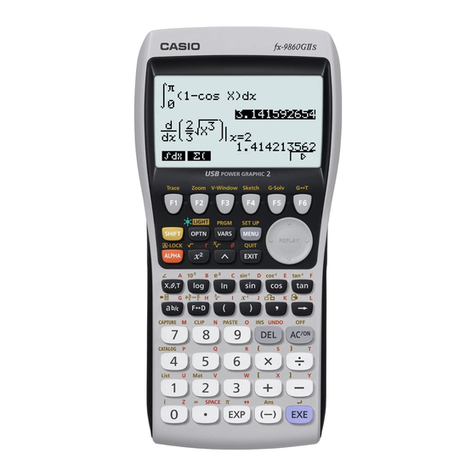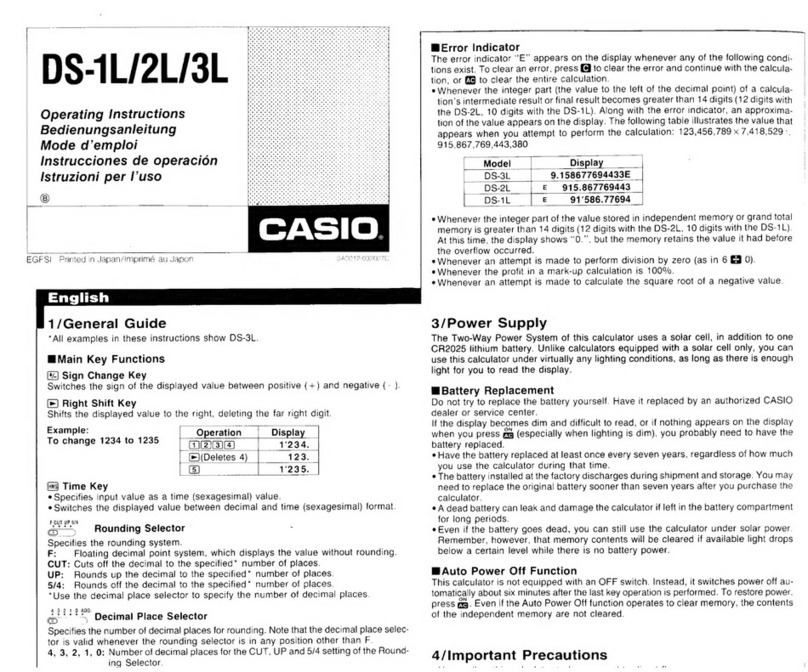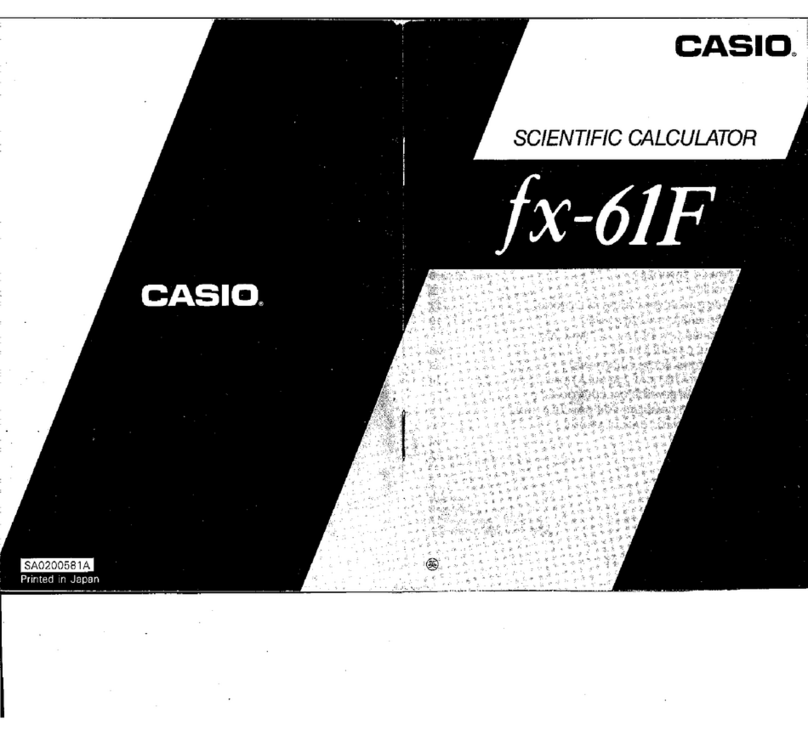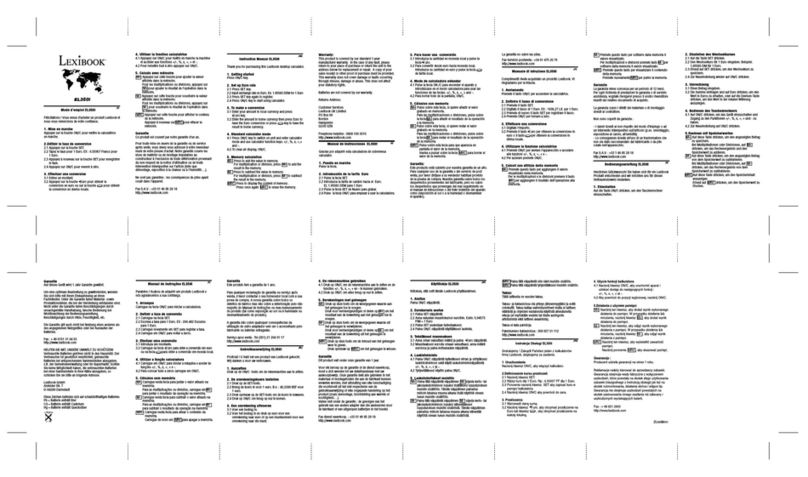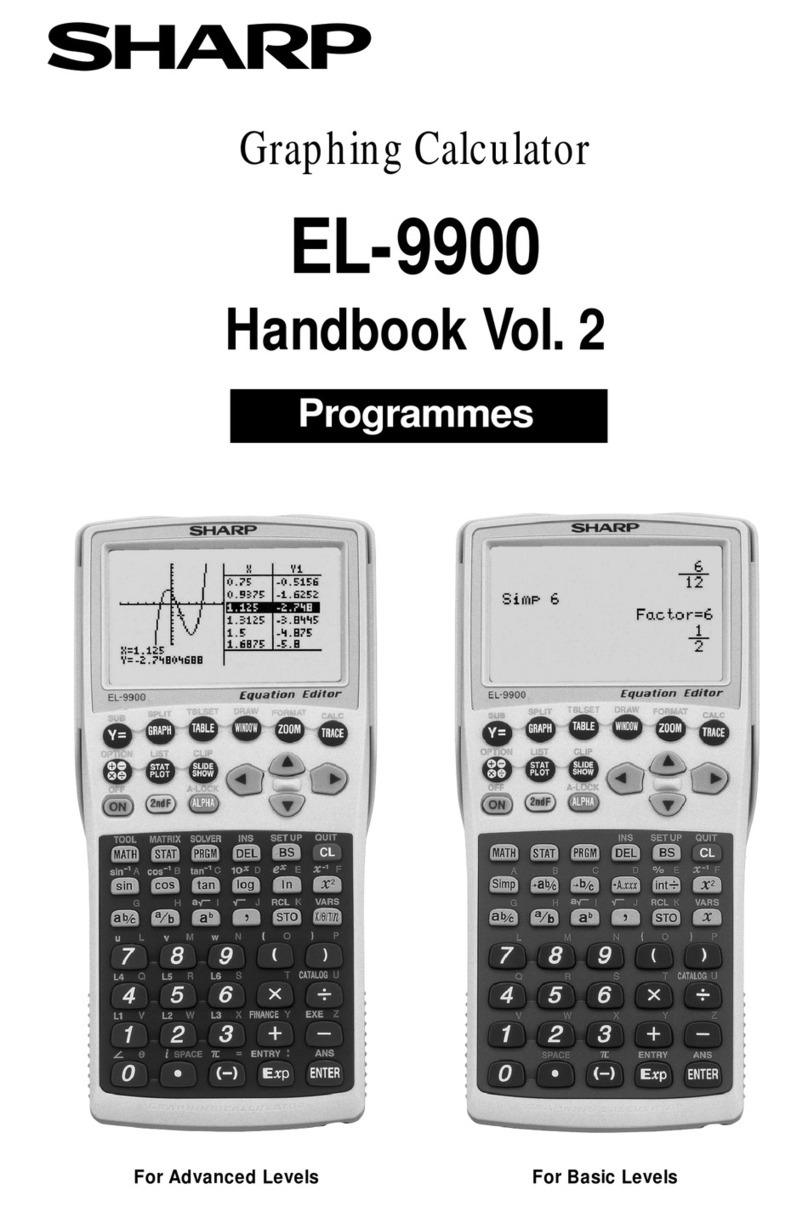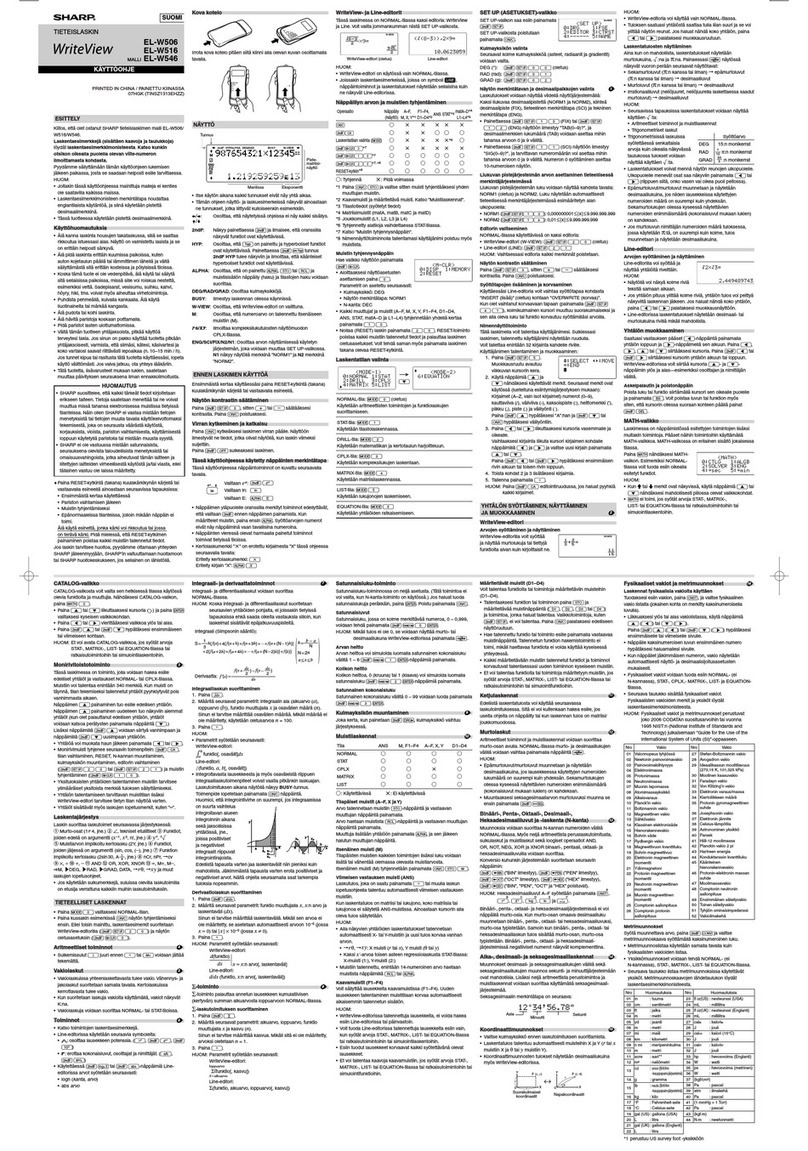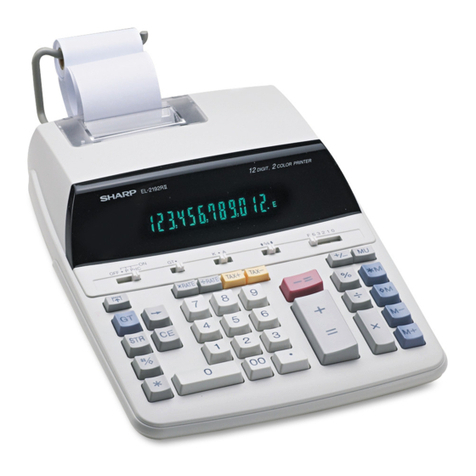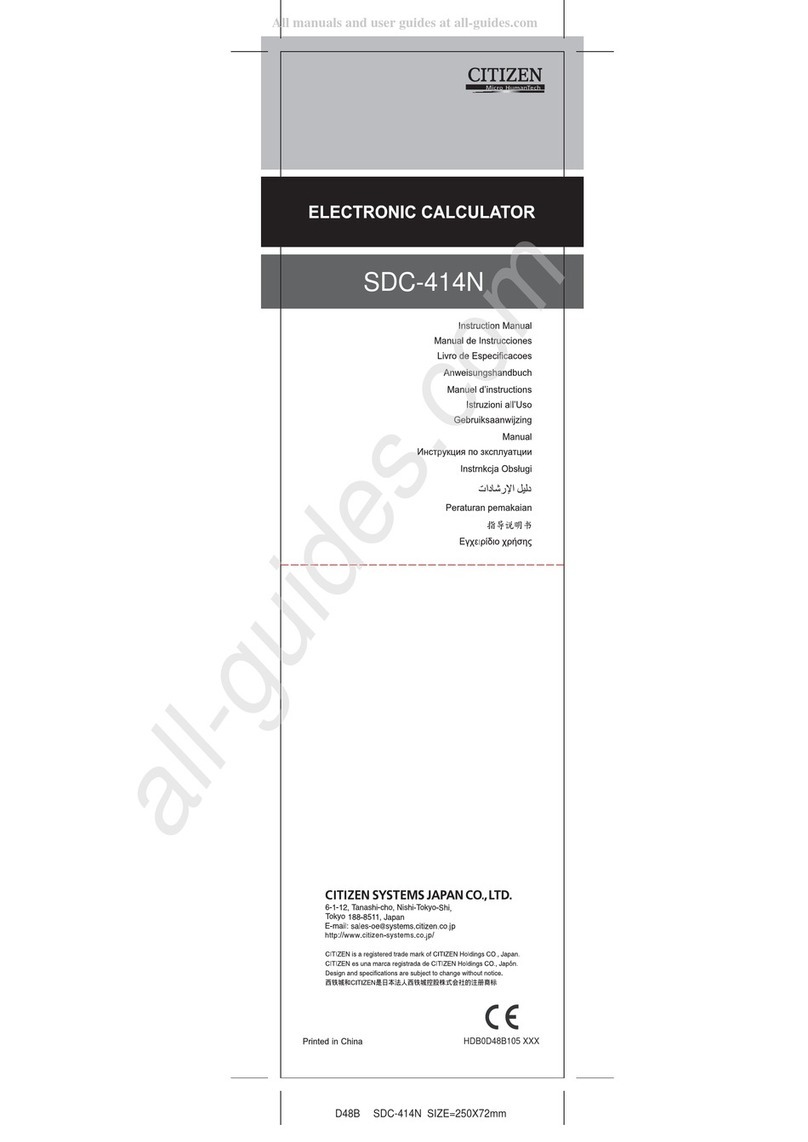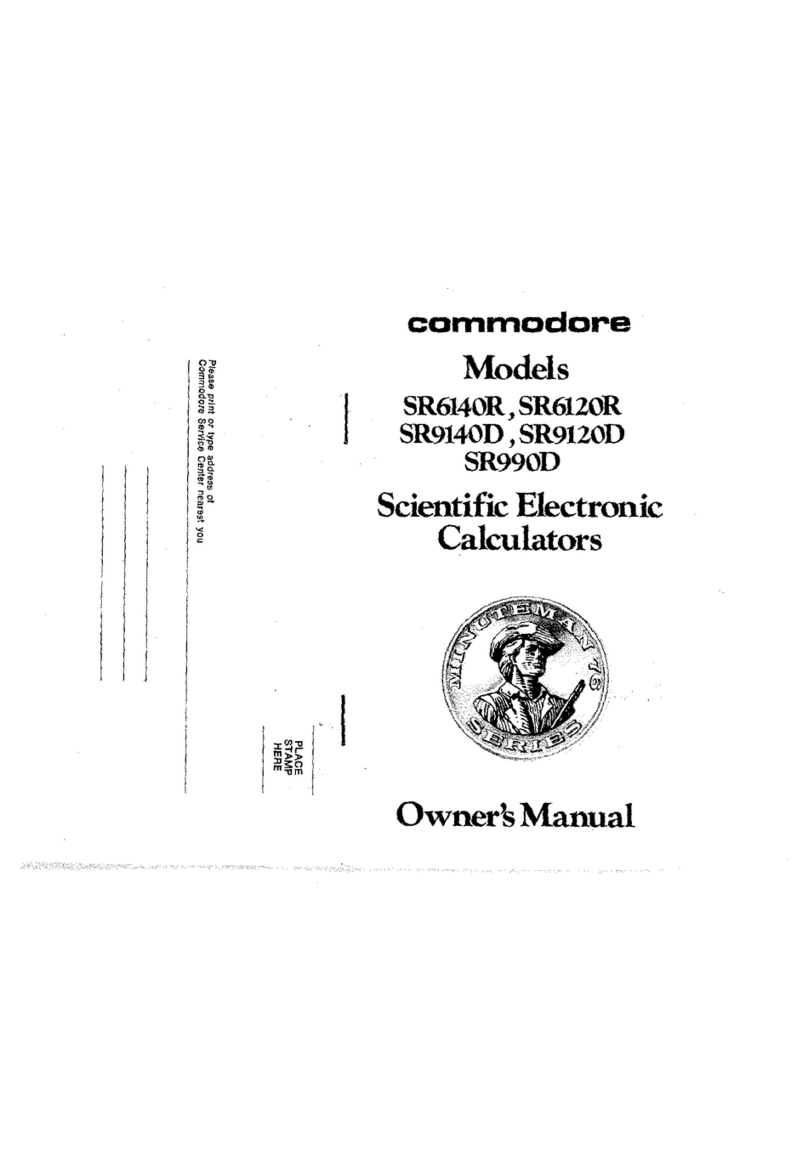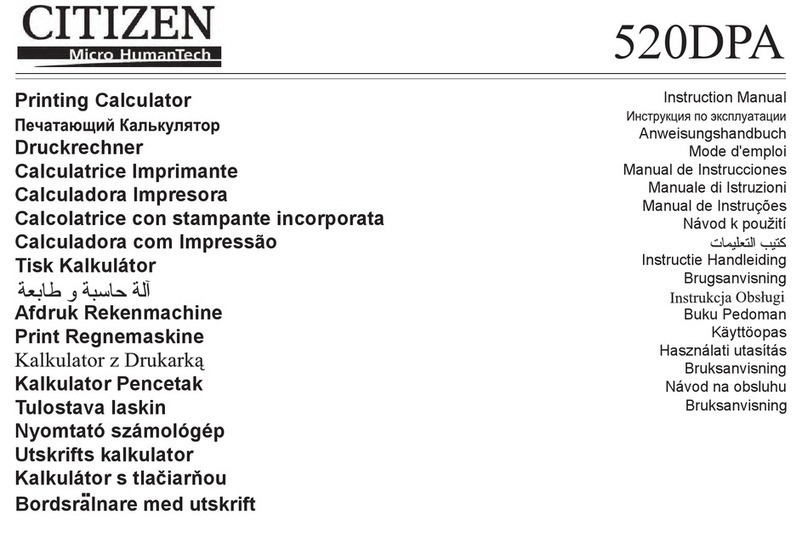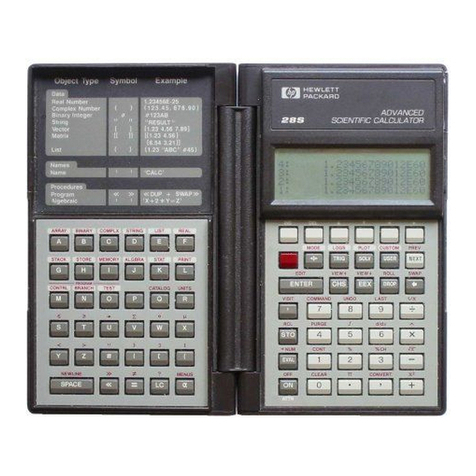Casio fx-991ZA Plus User manual
Other Casio Calculator manuals
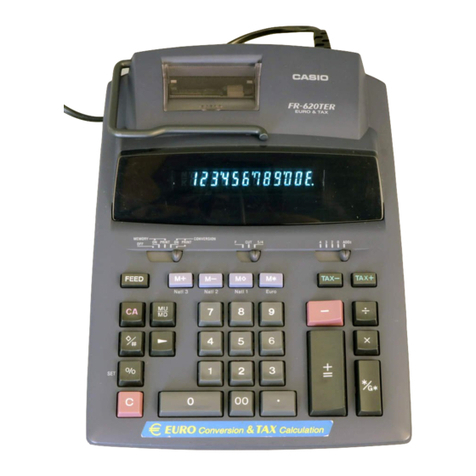
Casio
Casio DR-210HD User manual
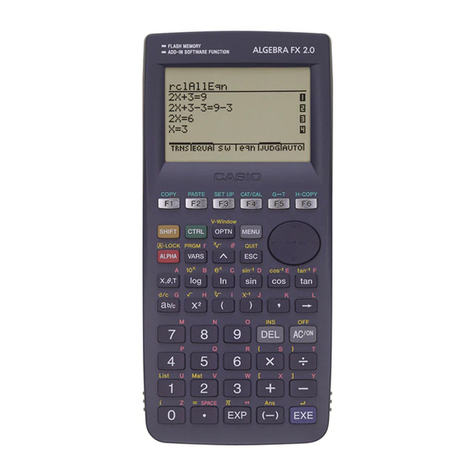
Casio
Casio ALGEBRA FX 2.0 User manual
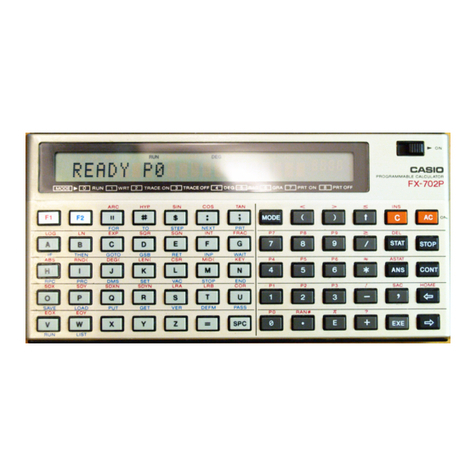
Casio
Casio FX-702P User manual
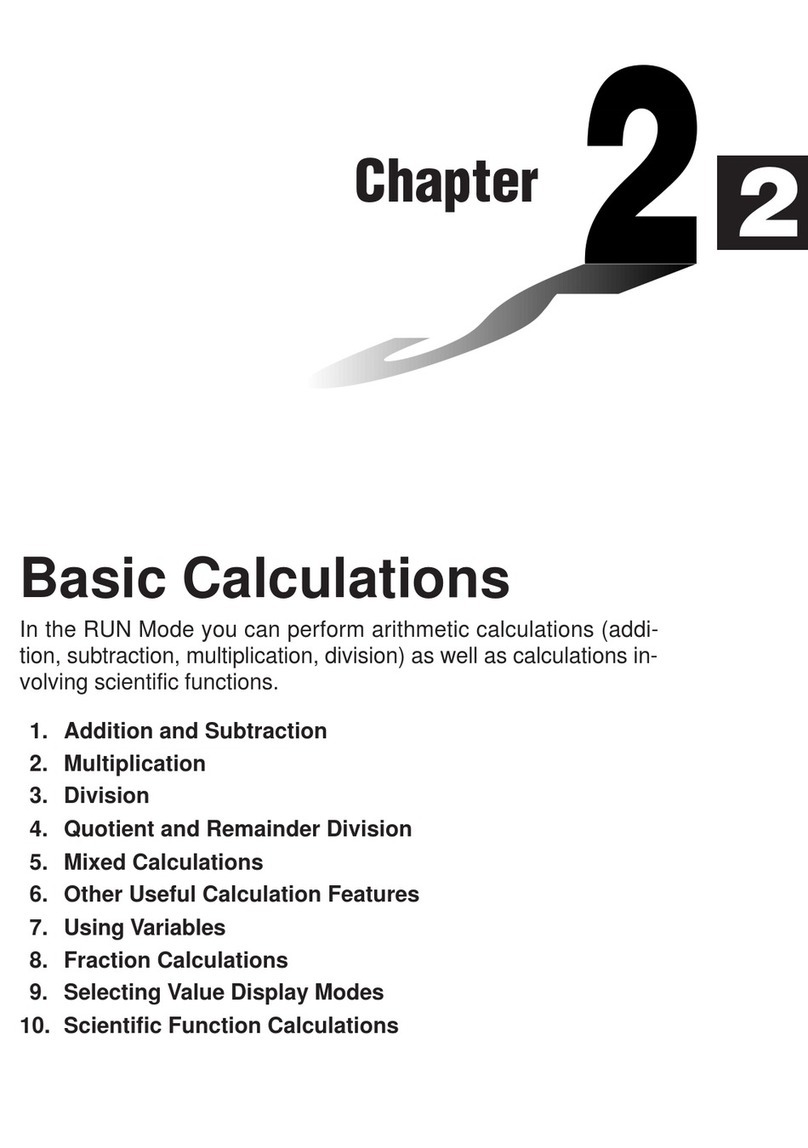
Casio
Casio fx-7400G User manual
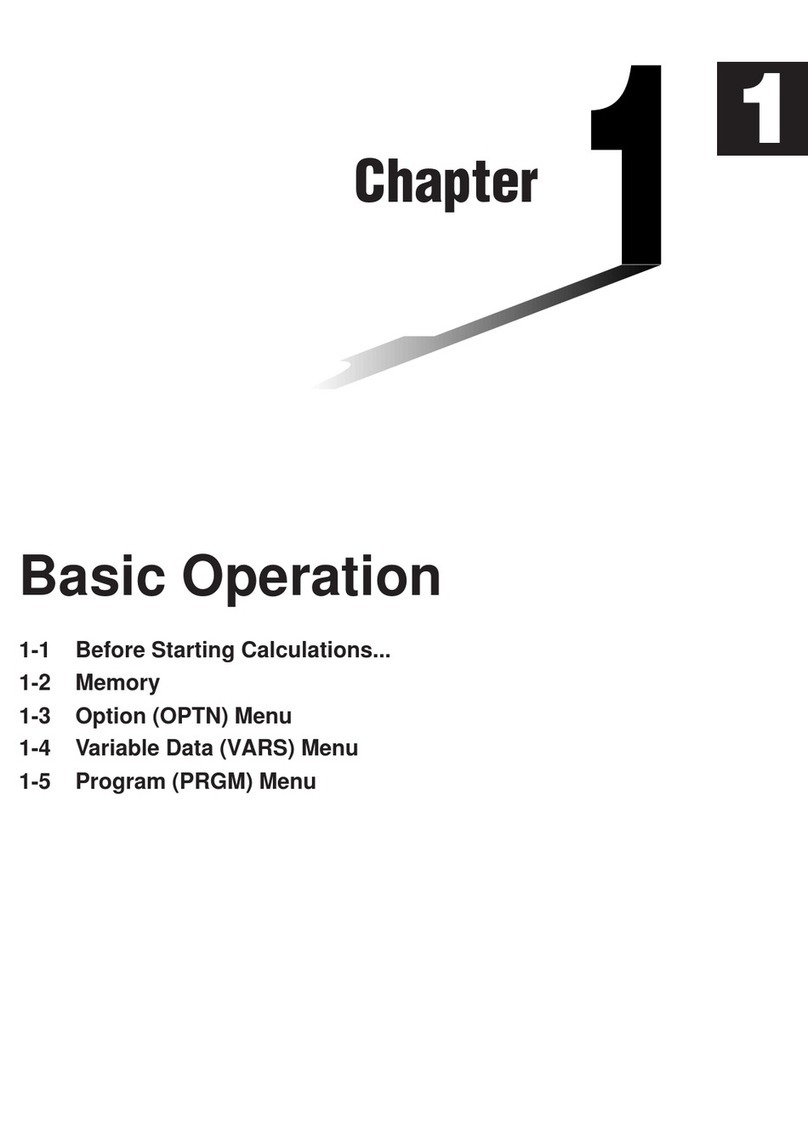
Casio
Casio FX-9750G User manual

Casio
Casio DH-12 User manual
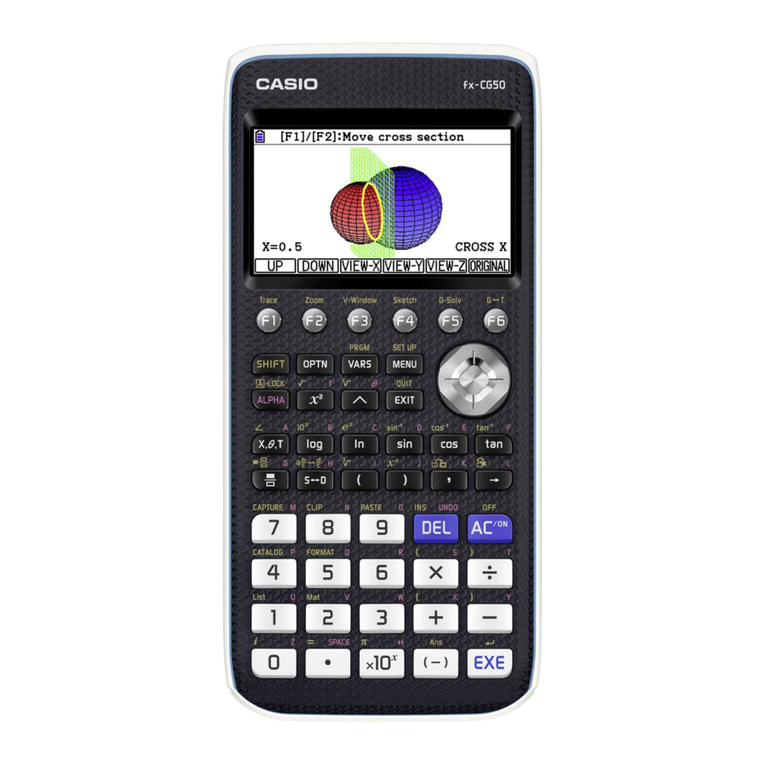
Casio
Casio fx-CG50 User manual

Casio
Casio FX-9700GE User manual
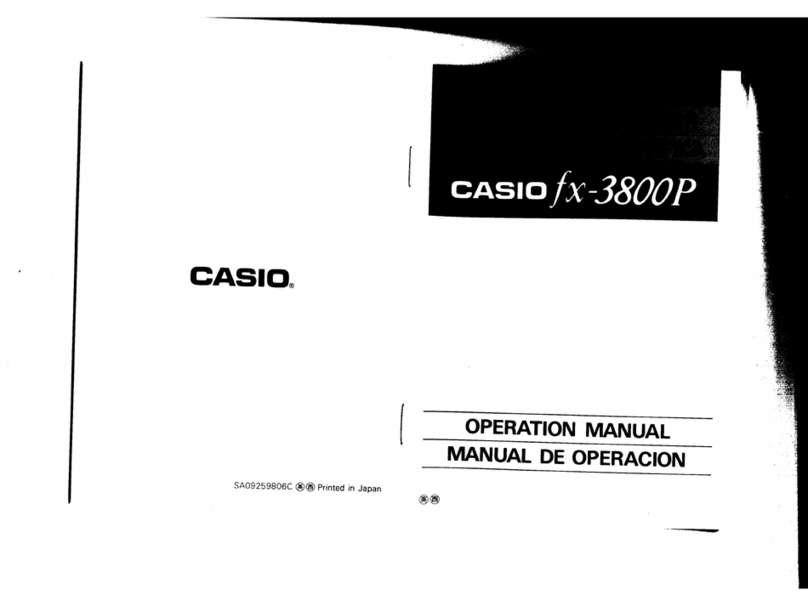
Casio
Casio fx-3800P User manual
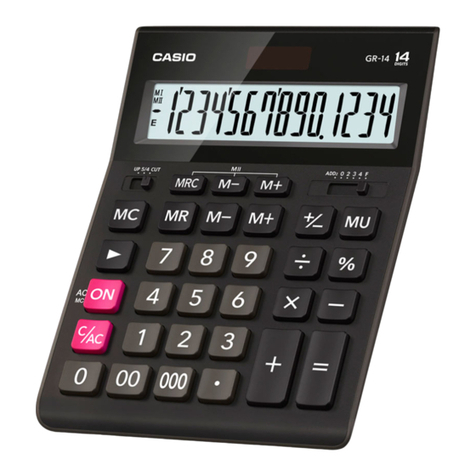
Casio
Casio GR-14T User manual

Casio
Casio FX-9750G User manual
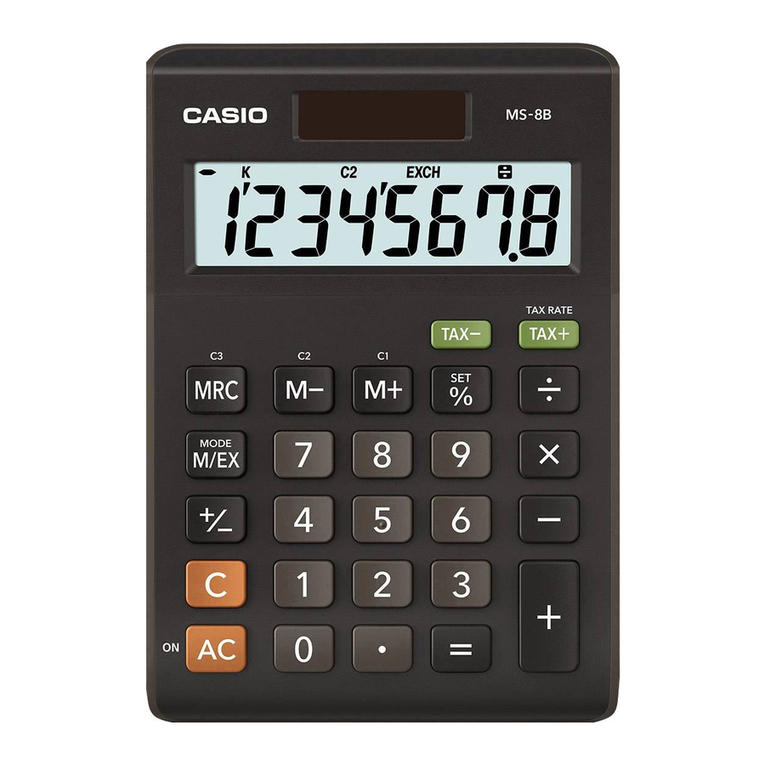
Casio
Casio MS-8B User manual

Casio
Casio fx-95SG PLUS User manual

Casio
Casio FX-6300G User manual
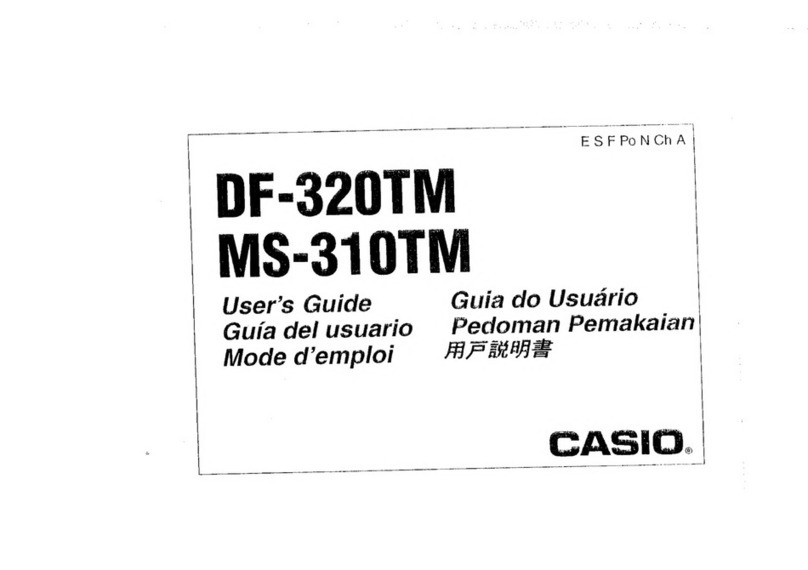
Casio
Casio df-320tm User manual
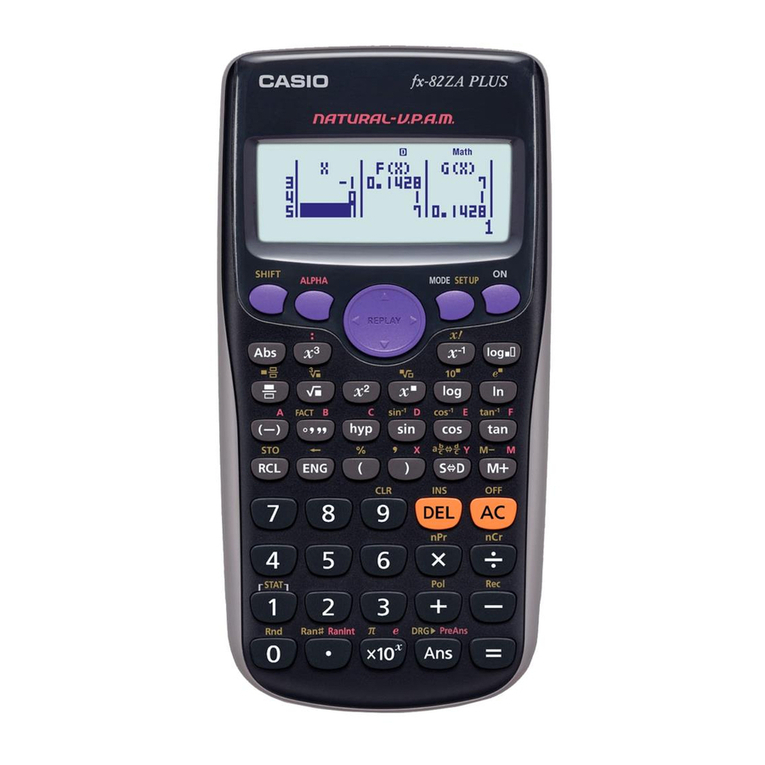
Casio
Casio fx-82ZA PLUS User manual
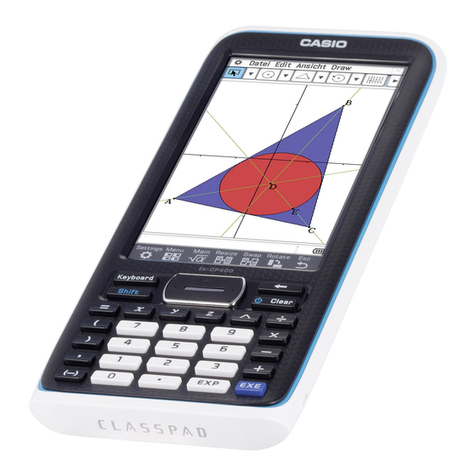
Casio
Casio fx-CP400 User manual
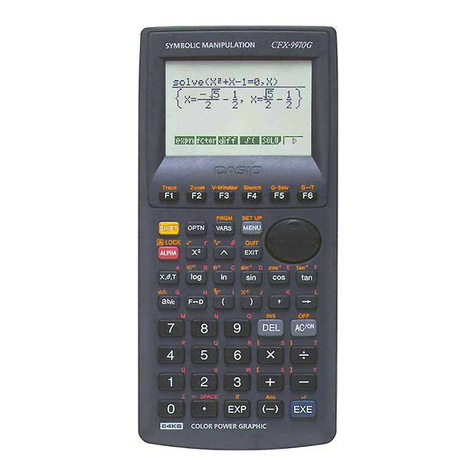
Casio
Casio CFX-9970G User manual
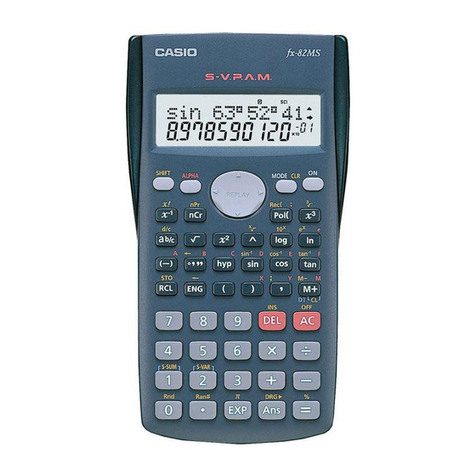
Casio
Casio fx-82MS Manual
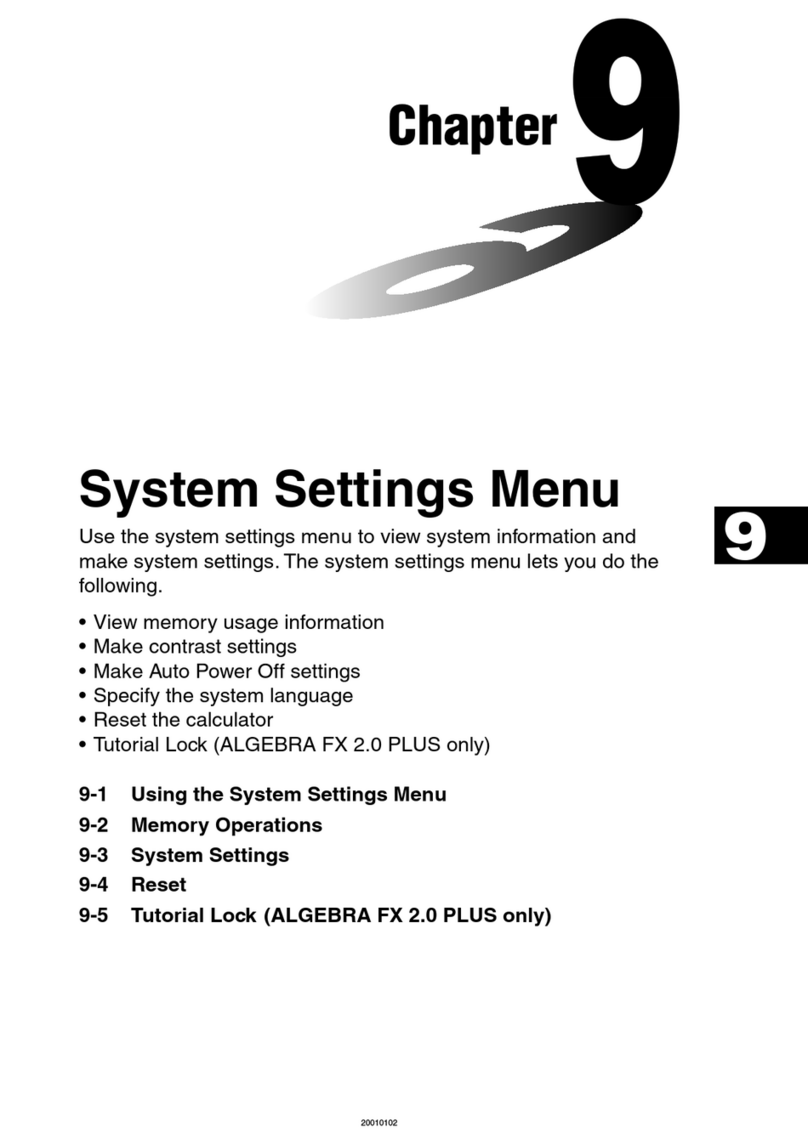
Casio
Casio ALGEBRA FX 2.0 Plus User instructions
Popular Calculator manuals by other brands
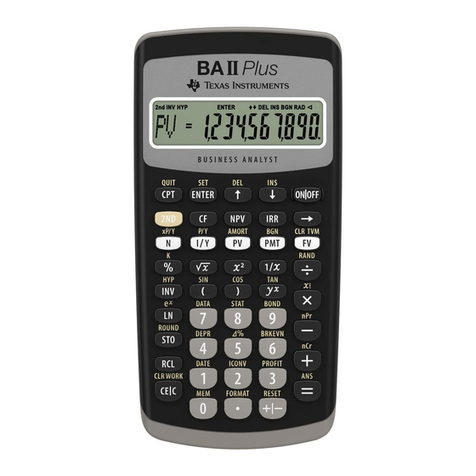
Texas Instruments
Texas Instruments BA II Plus user guide

Kompernass
Kompernass KH 2283 instruction manual
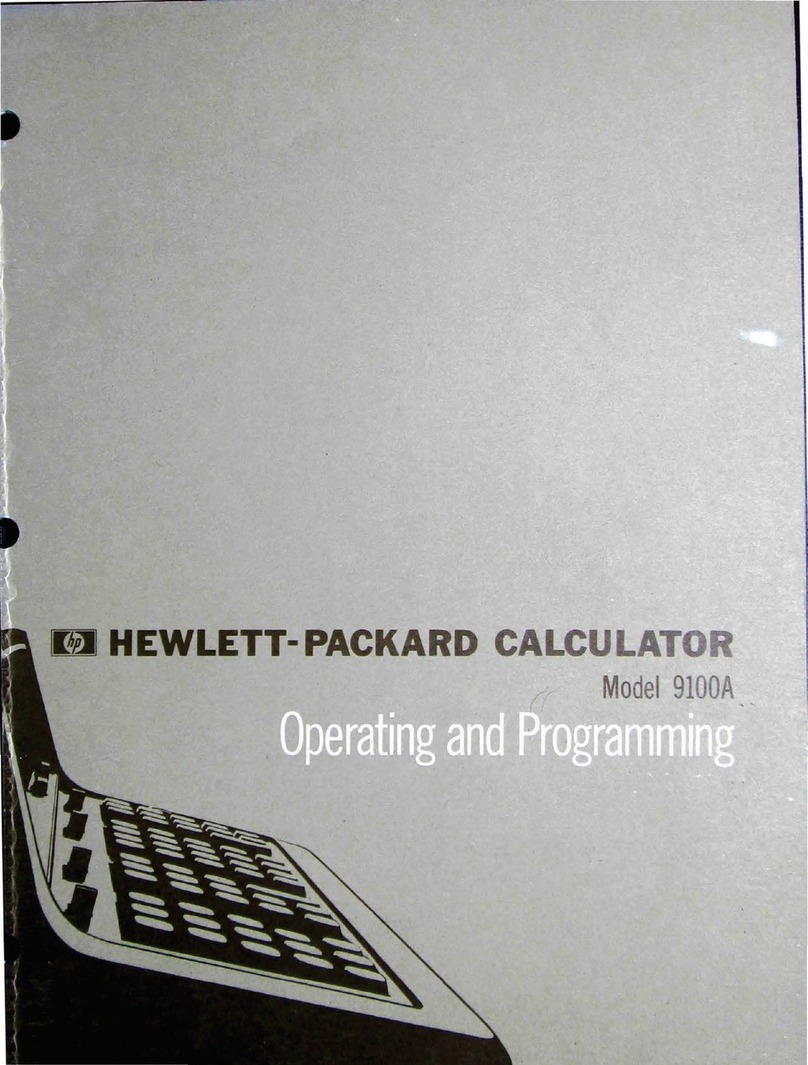
Helwett Packard
Helwett Packard 9100A Operating and programming manual
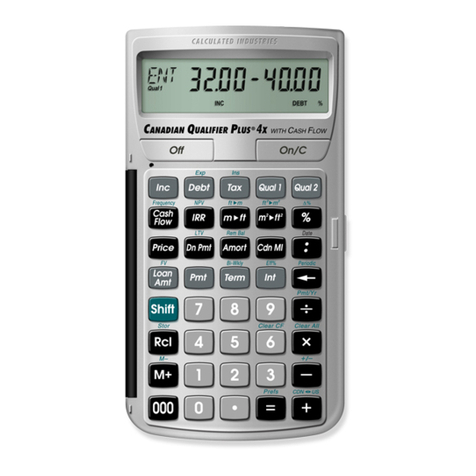
Calculated Industries
Calculated Industries 3423 user guide

Calculated Industries
Calculated Industries Qualifier Plus IIcx user guide
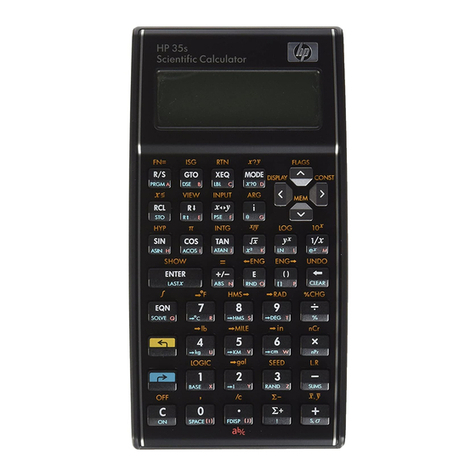
HP
HP 35s Instruction guide

